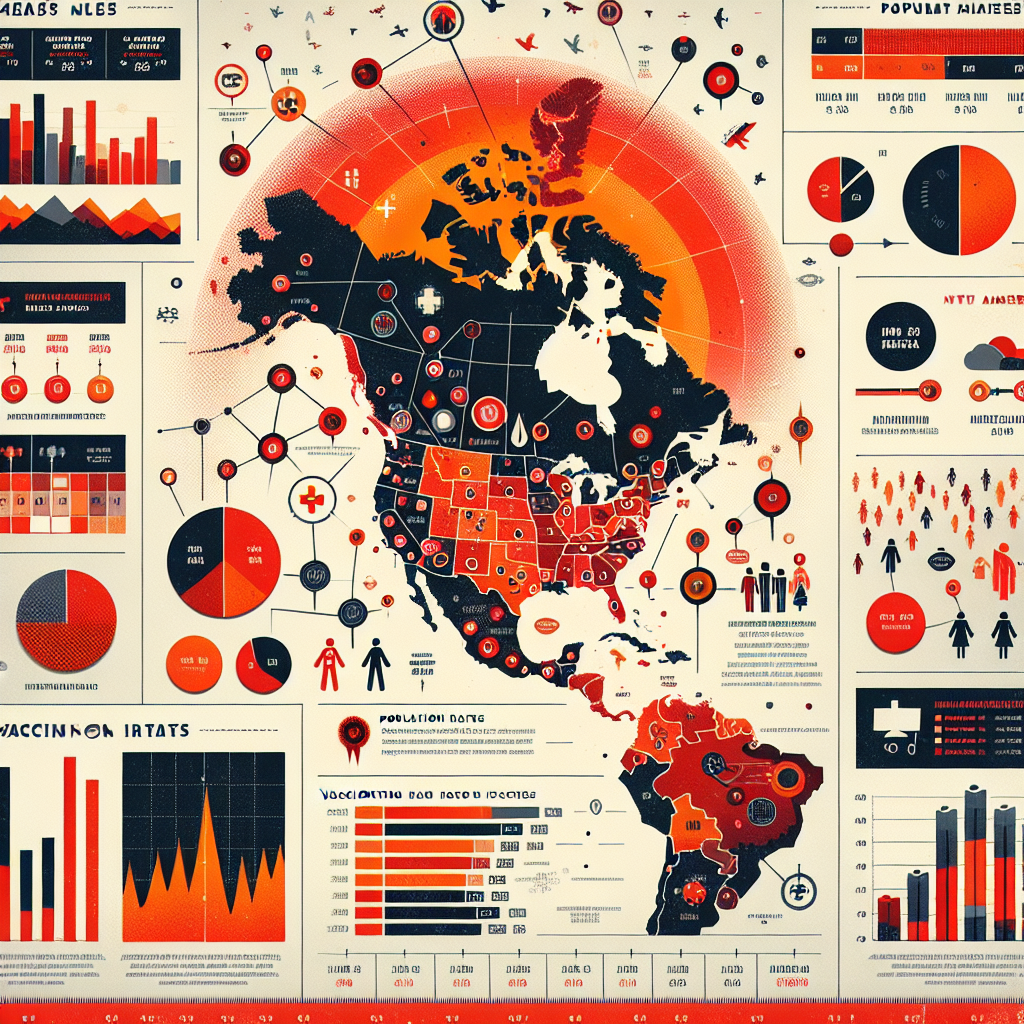Factors Contributing to the Spread of Measles in North America
Factors Contributing to the Spread of Measles in North America
Introduction
Measles, a highly contagious viral disease, has seen a resurgence in North America. Understanding the factors contributing to its spread is crucial for effective containment and prevention strategies.
Key Factors Driving the Spread
1. Decline in Vaccination Rates
One of the primary reasons for the increase in measles cases is the decline in vaccination rates. Several factors contribute to this trend:
- Vaccine Hesitancy: Misinformation and skepticism about vaccine safety have led to a growing number of parents opting out of vaccinating their children.
- Lack of Access: In some regions, access to healthcare services and vaccines is limited, hindering immunization efforts.
2. Increased International Travel
Global travel has facilitated the spread of measles, as travelers can unknowingly carry the virus across borders:
- Importation of Cases: Individuals traveling from regions with ongoing outbreaks can introduce the virus to new areas.
- High Mobility: The ease and frequency of international travel increase the risk of transmission.
3. Community Clusters
Measles outbreaks often occur in clusters within communities where vaccination rates are particularly low:
- Close-Knit Communities: Certain communities with low vaccination coverage are more susceptible to outbreaks.
- Social Dynamics: Cultural and social factors can influence vaccination decisions within these groups.
Conclusion
The resurgence of measles in North America is driven by a combination of declining vaccination rates, increased international travel, and community-specific factors. Addressing these issues through public health initiatives, education, and improved access to vaccines is essential to curb the spread of this preventable disease.












